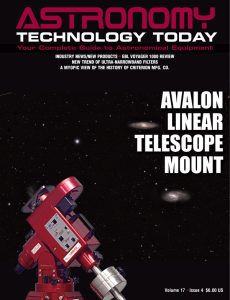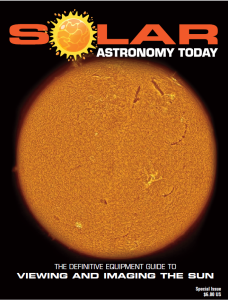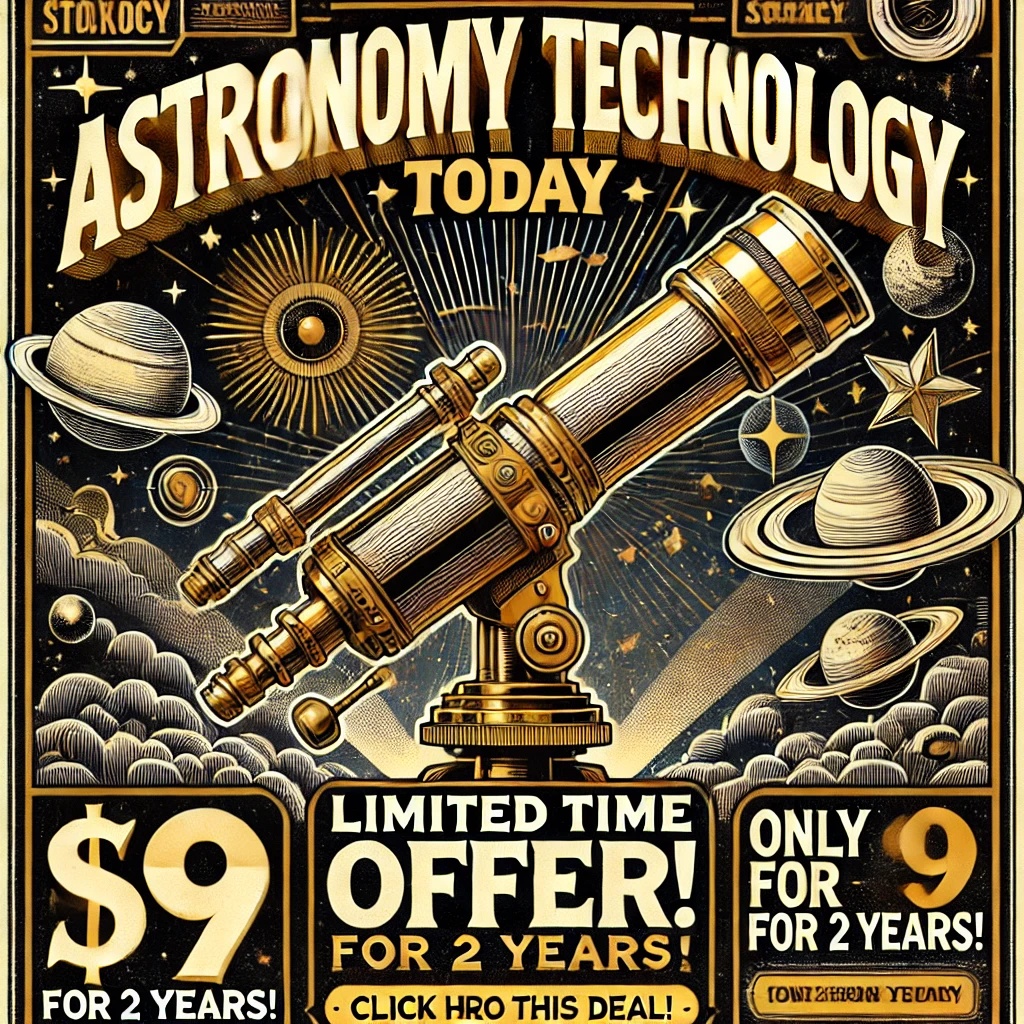The Antlia LRGBR+ Dark series filters are designed with a full spectrum curve from 390nm to 1000nm, making them sensitive to both UV and IR light for high signal-to-noise ratio and contrast imaging in deep sky full-spectrum imaging. The filters are available in 2” mounted and 36mm unmounted sets and include the following: Luminance UV/IR Cut filter, Red filter, Green filter, Blue filter and Red+ filter.
 The Antlia LRGBR+ Dark series filters are made of quartz glass, which has exceptional thermal and mechanical properties due to its ultra-low thermal expansion coefficient. These filters offer remarkable durability for imaging and research in the most challenging environmental conditions.
The Antlia LRGBR+ Dark series filters are made of quartz glass, which has exceptional thermal and mechanical properties due to its ultra-low thermal expansion coefficient. These filters offer remarkable durability for imaging and research in the most challenging environmental conditions.
Considering the high quantum efficiency (QE) of the cameras in the near-infrared bands, Antlia incorporates a Red+700-1000nm filter into LRGB dark series to capture valuable signals that cannot be detected by regular LRGB filters. In post-processing, the filters provide the ability to combine the R and R+ channels to create a new R channel. The remaining steps for processing are identical to those used as regular LRGB filters.
The Antlia LRGBR+ Dark series filters are best paired with Antlia SHO 2.8nm and 2.5nm Ultra Narrowband filters, as they share the same quartz substrate and refractive index, resulting in better parfocality.
Specifications of the Antlia LRGBR+ Dark series filters include:
– Full spectrum design enhances the sensitivity of imaging to both UV and IR light.
– High transmittance – B filter≥95%, L-R-G filter≥97% – this ensures that there is almost no loss in image signal, maximizing contrast.
– Made of quartz glass, excellent durability and thermal stability, as well as better fracture and scratch resistance, improved coating resilience to cleaning.
– More infrared signal to be found by combining Red+ filter.
– Out of band blocking specification is designed to OD4.5 (0.005%) to block interference from other wavelengths and minimize halos around bright stars.
– Identical filter thickness to existing standards and double-sided fine polishing, with care for parfocality.
– All Antlia filters are coated to the edge of the substrate and unmounted narrowband filters are edge blackened to eliminate internal reflections from stray light.
– Filters are resistant to scratches.
You can learn more about the Antlia LRGBR+ Dark series filters here.

 And to make it easier for you to get the most extensive news, articles and reviews that are only available in the magazine pages of Astronomy Technology Today, we are offering a 1-year magazine subscription for only $6! Or, for an even better deal, we are offering 2 years for only $9. Click here to get these deals which only will be available for a very limited time. You can also check out a free sample issue here.
And to make it easier for you to get the most extensive news, articles and reviews that are only available in the magazine pages of Astronomy Technology Today, we are offering a 1-year magazine subscription for only $6! Or, for an even better deal, we are offering 2 years for only $9. Click here to get these deals which only will be available for a very limited time. You can also check out a free sample issue here.
The Sun is more active than it’s been in years and if that’s not enough, we have the Annular Solar Eclipse on October 14, 2023 and the Total Solar Eclipse on April 8, 2024! If you’d like to learn more about the technology behind solar observing, solar imaging and more, you can check out our free publication, “The Definitive Guide to Viewing and Imaging the Sun”. You don’t have to sign up or provide any information, simply click here and enjoy reading!



